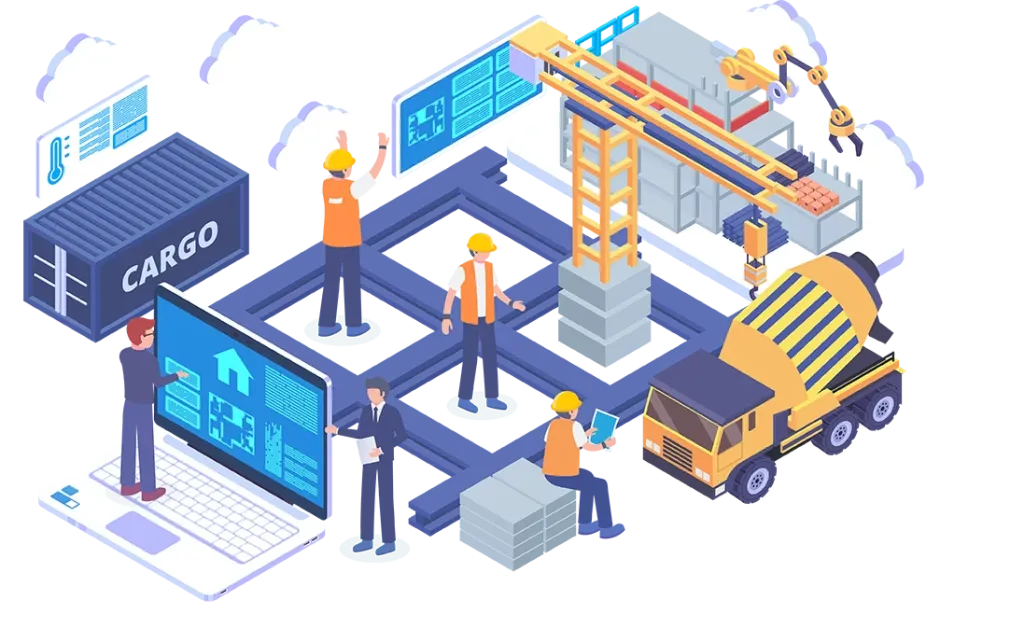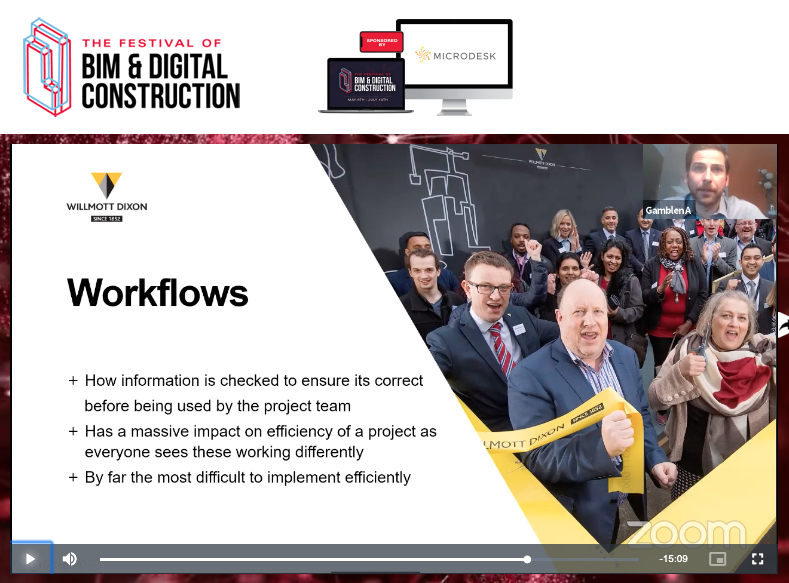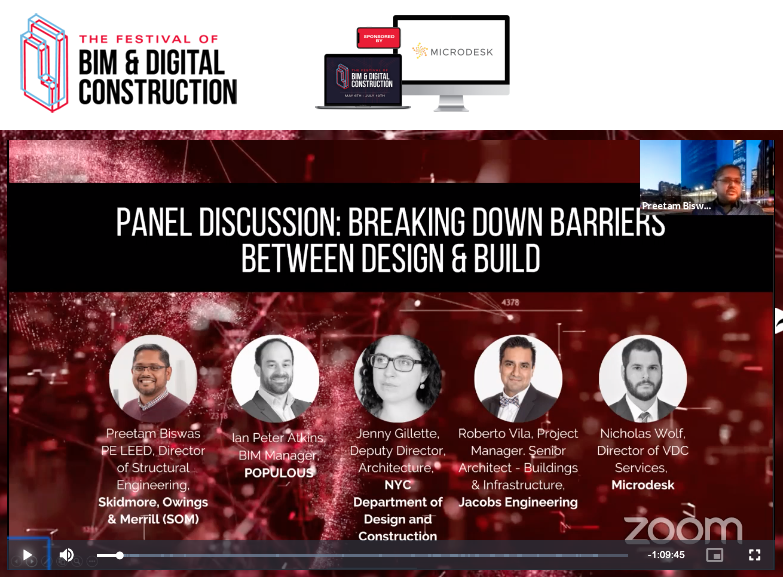

The design team traditionally has achieved great accomplishments by meeting the owner and construction team needs. A good design outcome is the one that meets the owner’s desirability standards and also caters to the ease of constructing the building. Although, it may seem like a daunting task at first, construction professionals have constantly met these outcomes by close communication and information exchange. So, what is the problem?
The panelists in the webinar discussed how the problem stems from the shift resulting in the adoption of new technologies that identify design issues effectively. In some cases, the Issued for Construction (IFC) drawing set is not the final step for the design team anymore. Once the IFC drawings are released, teams of modelers convert the 2D drawings to a 3D model and begin looking for design and constructability issues that are sent back to the design team for rectification. This is a common practice in design-build or design-assist contract methodologies. Therefore, contract types can play an important role in determining the driver of the VDC process. However, it is not limited to the contract types, the expertise of teams involved also play a vital role. Usually, the design team is technology savvy when it comes to traditional project delivery methods since they resort to the lowest responsible bidder as stated by Jenny Gillette from the NYC Department of Design and Construction. So, it would make sense for the design team to lead the process in such cases.
Andrew Gamblen from Willmott Dixon summarized the problems with the current BIM workflows in his presentation as follows:
- Lack of understanding of the BIM process at all levels
Oftentimes, there are key team members who do not possess sufficient background of the digital workflows which leads to delays and rework. As more and more companies adopt the digital workflows and realize the potential savings that come with it, this will be a problem of the past.
- Lack of Common Data Environment
Common Data Environment simply put, is a software or a platform that holds all the latest project information for the project stakeholders. A lack of such a platform leads to the use of multiple platforms storing overlapping information which also leads to an increased cost and confusion.
- Lack of BIM contracts
The biggest hurdle for BIM is the lack of legalization therefore, companies that have the resources and the skilled manpower will be the only ones adopting BIM workflows. It is discouraging for smaller contractors to adopt the upfront cost for BIM when they have been field coordinating all design and constructability issues in their past projects. They would be wary of adopting a new workflow when the traditional approach seems to work despite the additional cost.

If these are the problems in the current environment, what does the future hold for us? The panelists shared their insight on where the construction industry is headed towards and the following sums up their points:
- Less on-site workers
With the current COVID-19 situation, I would say that we are all working towards establishing or already have work from home teams. As this seems to be the feeling all around the world, it is driving more contractors to consider digital workflows so they can keep working amidst all the current lockdown regulations. This is a strong indicator of similar future workflows; however, it would still depend on a multitude of factors for it to actually become a reality.
- Modular, supply chain, prefabrication
With more knowledgeable teams and the power of 3D visualization plus data aggregation, we will be able to effectively build affordable modular units, set universal prefab standards, and establish bigger supply chain systems. Technologies like 3D printing have pushed construction minds to chase ideas like assembly line production for disaster relief homes.
- Higher LOD modeling
With higher LOD, teams can achieve higher levels of clash detection. It will lead to lessor error variance across the board and achieve improved cost estimates, schedules, and design. The 100% CD set would be closer to the As-Built Drawings.
- PDF legal document move to BIM legal documentation
With the growth of BIM adoption in construction workflows, it will soon become imminent to pass laws that require certain modeling standards. As the panelists stated, PDF drawings will replace the Construction Drawings as final deliverables.
ENGworks has been pushing the needle forward with BIM workflows for 30 years now. As more awareness is created in the industry and the need for faster workflows grows, it puts us in the spotlight for the change.
ENGworks typically serves as a third-party hired to oversee the complete VDC process from the design, preconstruction, construction, and operations phases. Having a third-party puts the responsibilities on our shoulders to establish clear communication channels, a common data environment, and set up BIM contracts. ENGworks then becomes a single point of contact for any stakeholder’s BIM-related queries. We also tackle the lack of BIM process understanding by providing tutorials and following up with the team. In our experience, knowledge sharing goes a long way in establishing stronger bonds with clients and industry professionals.
We are certain about the future of BIM, and we will remain at the forefront of that change. We will continue assisting our clients and colleagues to achieve better workflows and faster turnaround times by adopting the latest technologies and efficient workflow practices.

Please also connect with us on our social media platforms below to stay up to date with our announcements.




